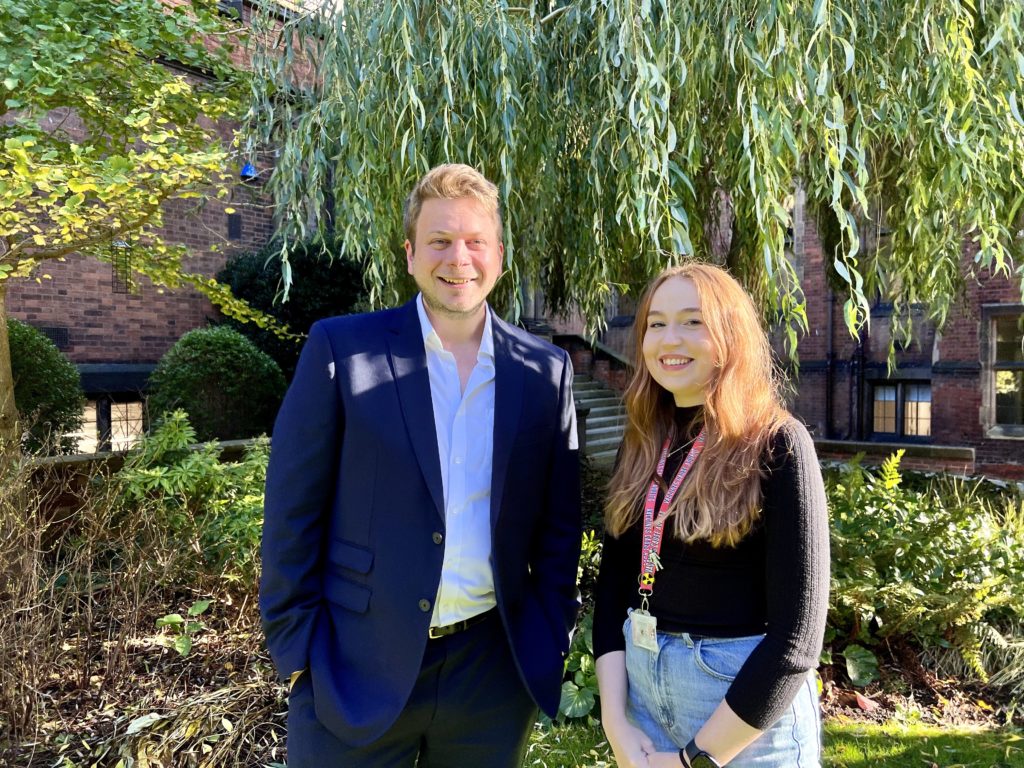RSC Advances is delighted to announce a new themed collection titled ‘Advances in sustainable hydrogen energy systems’. This collection is Guest Edited by Nader Karimi (Queen Mary University of London, UK), Manosh C. Paul (University of Glasgow, UK), Larry K. B. Li (The Hong Kong University of Science and Technology, Hong Kong), Mohammad Hossein Doranehgard (University of Alberta, Canada), and Freshteh Sotoudeh (Houston University, USA).
Scope
It is now clear that developing low-carbon economy is an essential prerequisite to sustainability. Despite the great desire for the replacement of fossil fuels with hydrogen, realisation of hydrogen economy continues to be a grand challenge. Currently, there exists a wide range of technologies for the production, storage and utilisation of hydrogen. Nevertheless, hydrogen-based integrated energy systems that are economically viable and environmentally friendly have not been developed yet.
This themed collection has been motivated the new wave of research on the design, analysis, and assessment of future hydrogen energy systems. Thermodynamic, technoeconomic and environmental analyses are central to such efforts to complement elements of socioeconomics and policy making.
The purpose of this collection is to bring together the latest research findings of the international, multidisciplinary community of hydrogen energy on the system-level analyses of hydrogen technologies. In particular, contributions are sought in the following fields:
- Energy, exergy, economic, and environmental analysis of hydrogen systems.
- Technoeconomic, exergoeconomic and exergoenvironmental investigations of hydrogen production, storage and utilisation.
- Applications of machine learning and data-centric techniques to the analysis of hydrogen energy systems.
- Multi-objective optimisation of hydrogen energy systems using conventional and emerging techniques.
- Integration and hybridisation of hydrogen energy systems with other sustainable energy systems.
Please make sure that your submission provides an insight that advances the chemistry field or is of interest to the chemistry community.
How to submit
Both Papers and Review articles will be considered for this issue. All submissions will be subject to an initial assessment by Associate Editors and, if suitable for the journal, they will be subject to rigorous peer review to meet the usual high standards of RSC Advances.
Our APC is among the lowest in the industry and there are no submission charges. Discounts and waivers are offered to authors from developing countries.
If you would like to submit to this issue the manuscript should be prepared according to our article guidelines and submitted via our online system anytime before the submission deadline of 30 June 2023. During submission, authors will be asked if they are submitting for a themed collection and should include the name of the themed collection. If you would like to submit but require additional time to prepare your article, please do let us know by contacting the journal.
 Submit to RSC Advances today! Check out our author guidelines for information on our article types or find out more about the advantages of publishing in a Royal Society of Chemistry journal.
Submit to RSC Advances today! Check out our author guidelines for information on our article types or find out more about the advantages of publishing in a Royal Society of Chemistry journal.
Keep up to date with our latest Popular Advances, Reviews, Collections & more by following us on Twitter. You can also keep informed by signing up to our E-Alerts.


















